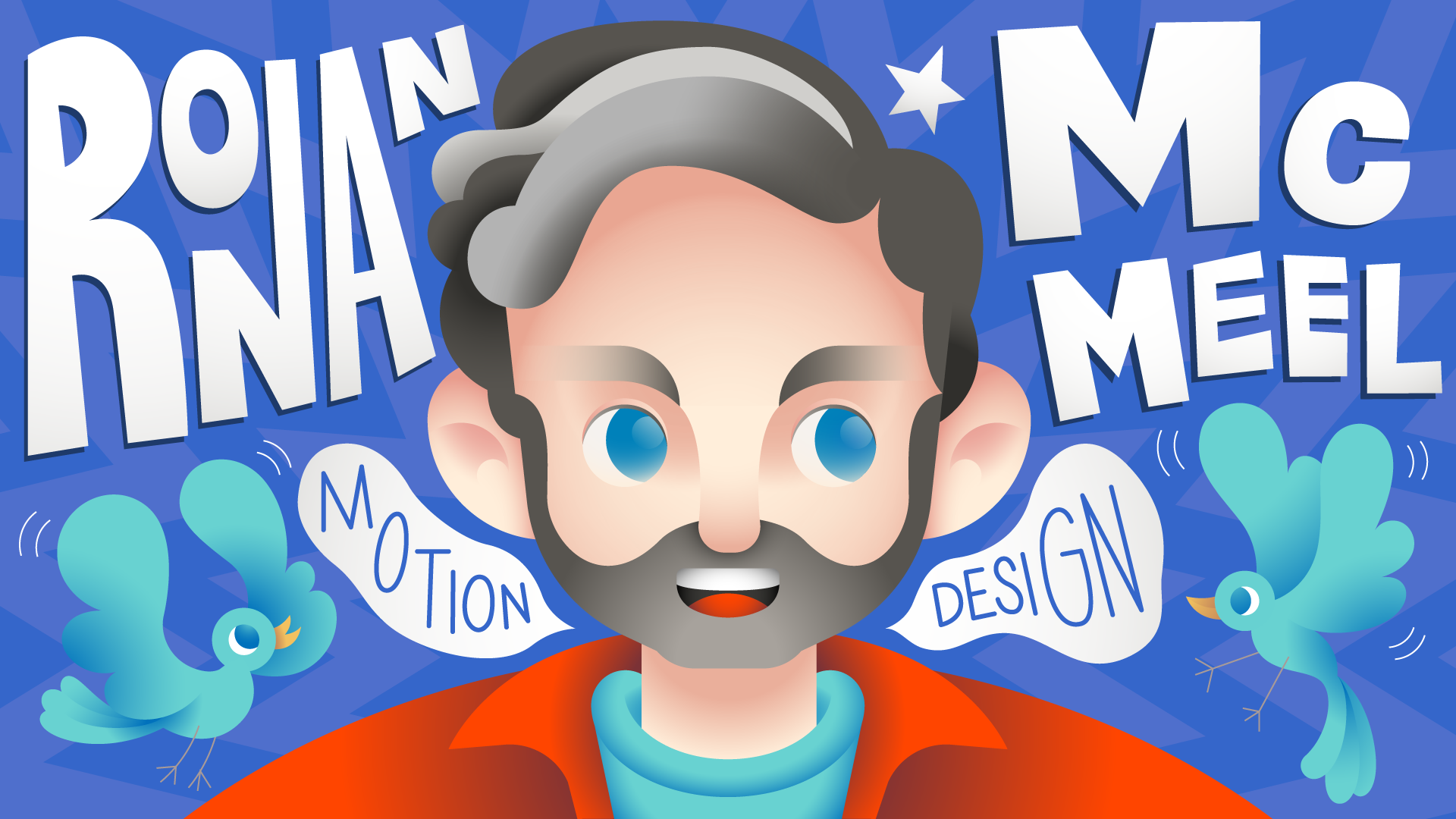Meet Studio +254: Viola Bazanye
Viola Bazanye, a UX engineer, sits down to talk with her colleague Timothy Achumba to discuss her journey in design so far in Nairobi, Kenya
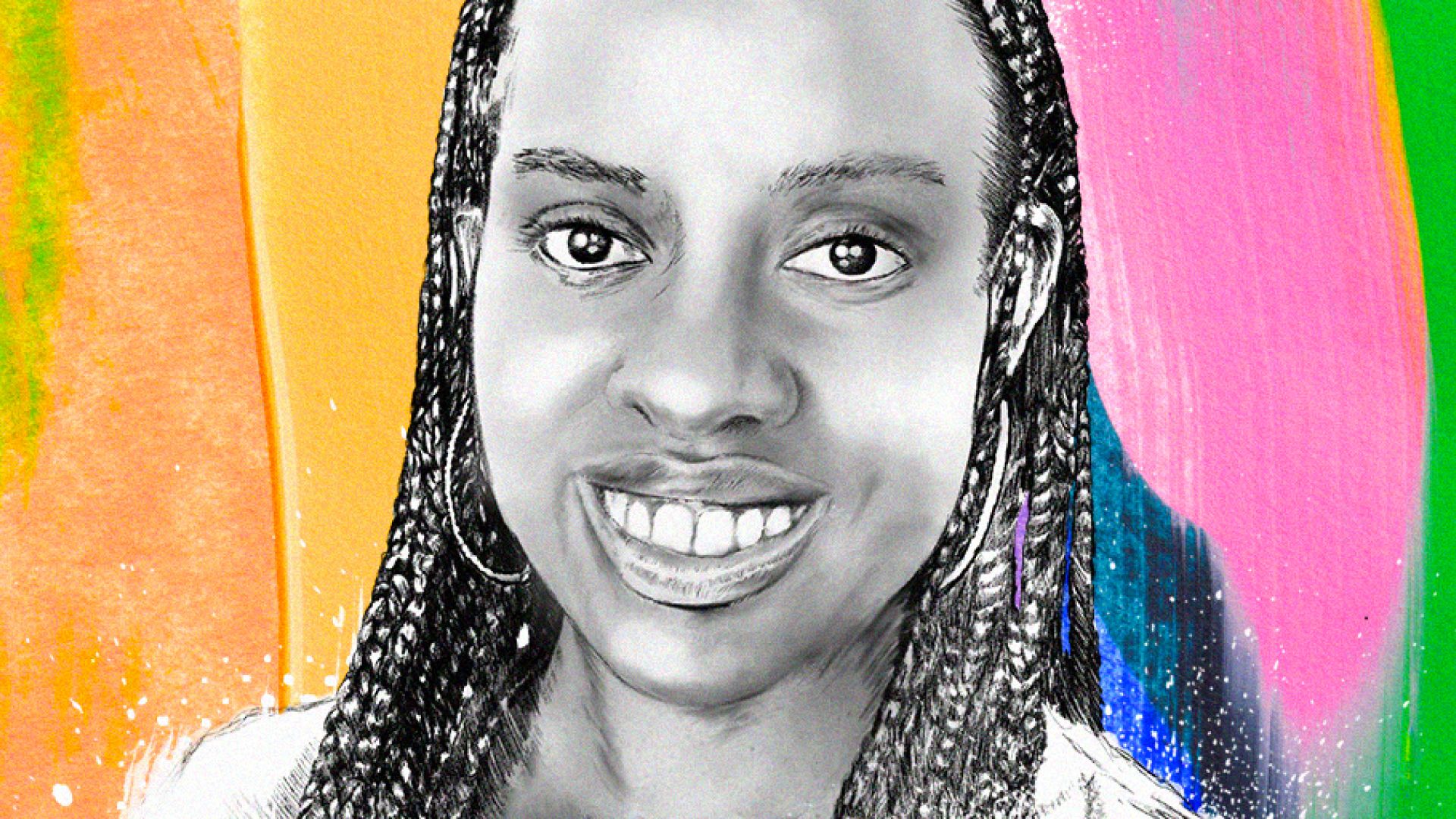
As a global collective, over one-third of the Microsoft Design community resides outside of our United States headquarters. With the growth of our community, dedicated design centers have also expanded worldwide. This post launches a series of conversations we’ll be having between folks across Africa, India, China, Latin America, and more. Beyond the fact that we’re more digitally connected than ever before (hello, hybrid!), disparity gaps are also more pronounced than ever. Global perspectives aren’t just ancillary but an integral need in our society. There’s no doubt that folks beyond U.S. geographies will solve many of our world’s most pressing problems, and we’re loving the rise of international UX.
Today, we’re thrilled to continue introducing our Nairobi Design Studio in our “Meet Studio254” interview series. In the second interview from this series, Viola Bazanye, a multitalented designer and technologist from Uganda, joins Timothy Achumba, Principal Product Designer, to share the value of designers who code, her unconventional path to becoming a designer at Microsoft, and musings about the future of design in East and West Africa.
*This interview has been edited for clarity and length.
Timothy: Can you share a little bit about yourself?
Viola: Thank you. I’m a UX designer at Microsoft. I’m originally from Uganda and I’m currently based in Nairobi, Kenya. My background is in software engineering, and I like to look for opportunities that enable me to combine those two skills — engineering and design. I feel like it makes me a better designer because I’m able to come up with more practical solutions to problems.
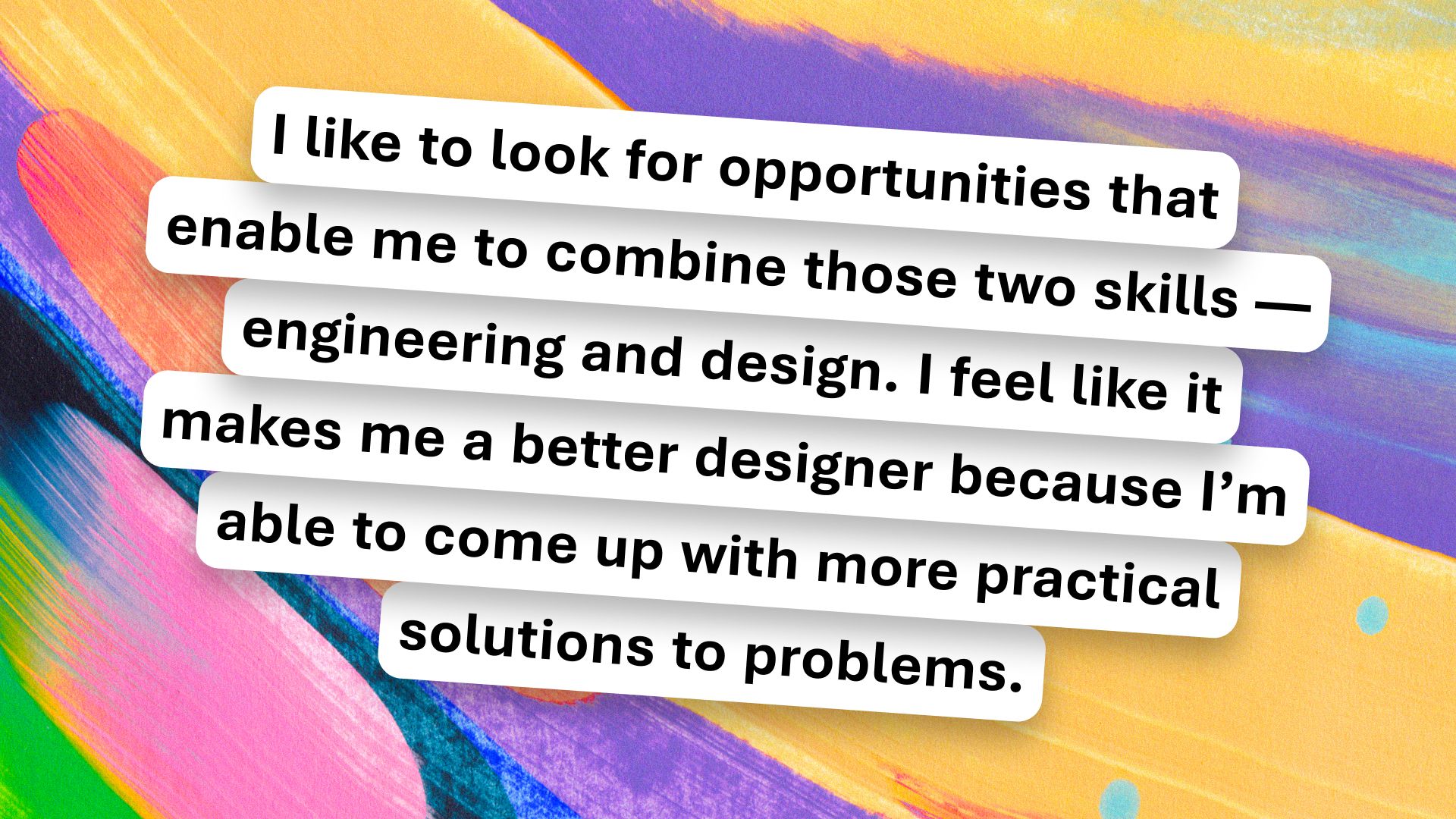
Timothy: An engineering background is quite unconventional for designers — usually you start out doing some visual design work, maybe graphic design and then you end up doing product design. So, could you share a little bit about that journey — coming from being an engineer and then shifting into the design discipline?
Viola: When I started out as an engineer, I always had a passion for design. Even before I took software engineering as an undergraduate, I wanted to be an architect, but I didn’t get into the class. While waiting to try for an architecture degree in another university, I figured I could just try out a software engineering class in the meantime because I had always been fascinated with computers. When I did the software engineering class, I liked it and I forgot about my application to architecture. I stuck with it, and it was a bit challenging at first — learning how to program because it was something completely new, but I knew I didn’t want to just give up. I got better at it, but always in the back of my head, I still knew that I wanted to do design. I felt like programming was not fulfilling for me and I needed to give myself a chance to try design and to see if it worked out, knowing I can always go back to programming.
At first, I tried to break into design from a working point of view before shifting to academic. But breaking into design as a career was difficult, and, in Kampala, Uganda, I didn’t have any mentors or anyone I could look up to give me guidance, or to help me get into the design community. So, I decided to apply for a master’s in design that would allow me to study and work abroad. I ended up being accepted, with a scholarship even, that I took as a sign that I was on the right path. The program led me from Sweden to Italy, where I did an internship with a company in Milan — Frog Design.
Initially at Frog, seeing my background, they thought to put me in a design technologist role — a mashup between engineering and design. I ended up loving the experience due to working on both sides of design and engineering while there.
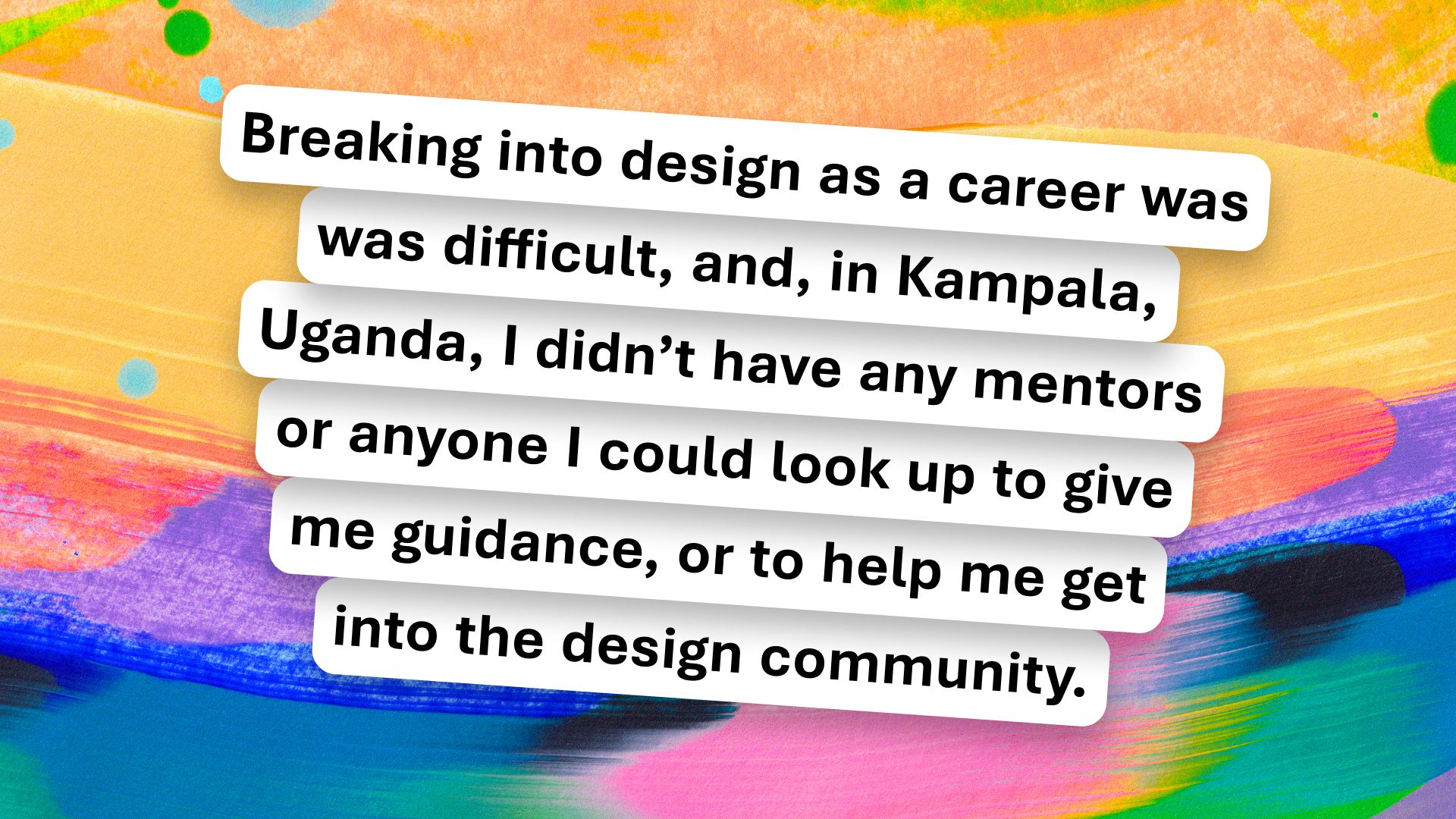
Timothy: Interesting. You shared that you felt quite unfulfilled as an engineer, and as a developer. What’s the thing that caused you to shift? What was that thing that drew you to design and made you feel that design might give you that sense of fulfillment that you were looking for.
Viola: I guess it was a specific point during my undergraduate. I started a company with some classmates — a food and nutrition startup. In that role, I was also developing the application, and interacting with people trying to get their opinions and understand their needs, and requirements. I felt like we lacked so much on that end. Also, the few times that we would go out and interact with customers and people, I liked that part. I felt fulfilled.
That’s when I felt that spark something inside me and that’s when I knew this is something I needed to develop and dig deeper into. Also, because of my fascination in trying to understand people, psychology, and why we do the things that we do.
Timothy: Cool, that’s interesting. Yeah, that spark is finding that moment, you know, and it doesn’t always come, but when it does it can have such a tremendous effect… I’m still fascinated by your engineering background. How do you think your engineering experience influences the way you design today?
Viola: I think it influences it greatly because sometimes when I’m given a problem or a task to do, I’m always thinking if something is practical and can be implemented? And I’m always emphasizing so much on the practicality for the engineers. I often consider if I come up with something too crazy whether they’ll be able to build this in the amount of time that’s been given.
Because I know sometimes that line of thought can be limiting, I always have two versions of my designs, one that is out there and one that is more practical. Because I know that for one, they’ll probably say no. And the other one will pass.
Timothy: Okay, interesting. I also engineer and code. But as I said, I find that sometimes it also helps me advocate for design in the product making process.
Viola: Yeah, exactly.
Timothy: So, you mentioned a little bit about your journey being somewhat unconventional — trying to jump into roles that didn’t work and then going to do a master’s program and internships, but how did you end up at Microsoft specifically?
Viola: Well, at my former company, I was looking for a new role and needed bigger challenges. So, I tried to look for as many opportunities as I could here on the continent and Microsoft just so happened to be hiring at that moment. I never thought that a big tech company would hire designers in Africa. So, it’s a huge win for us, for Microsoft to be one of the first to have design centers in Africa.
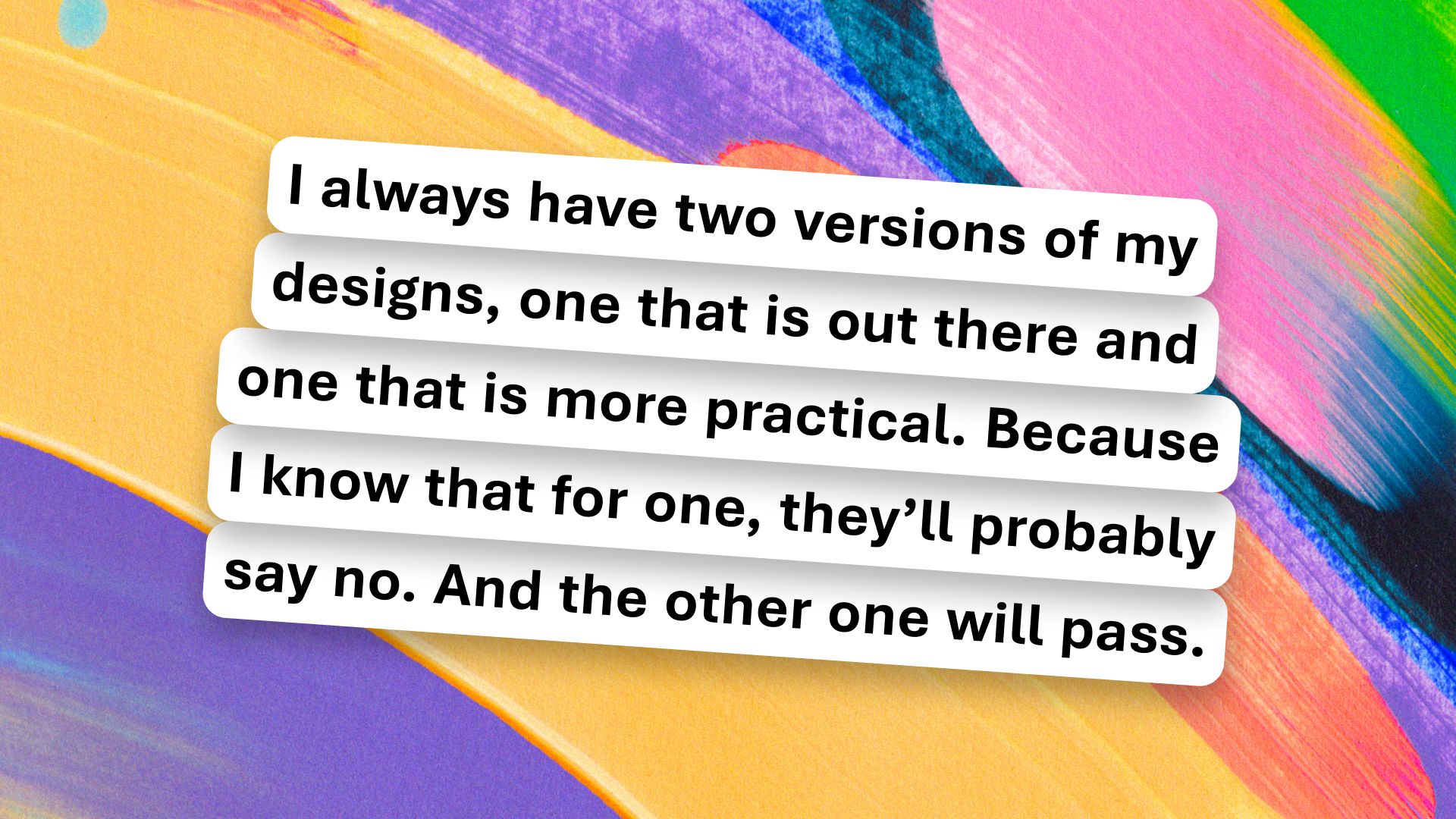
Timothy: Yeah, this leads quite nicely to my next question. You know, as you mentioned — design has been around and is quite established in Europe, America, and the West in general, and it’s quite new in Africa, East Africa, and West Africa as well. So, it’s probably accurate that design is still quite heavily influenced by Western culture — what good design looks like, what’s like world-class design.
Are you starting to see a more Afrocentric approach to digital design emerging? I know in our previous conversation we talked about architecture, interior design, and fashion design already being quite established but within the digital design space are you starting to see a more Afrocentric approach emerging?
Viola: The little bits that I see possibly are some applications that might have an African name, like M-PESA. I feel like when they do that, it limits them because we still have this mentality — unless the West is doing it, it’s not cool. And so, it’s always limited to within the country. Like, if the application has a local name , it’s always limited to that country or culture. Which is sad because I feel like it should be able to cut across borders. It should be able to cut across continents. I wish that if somebody has an app that is fully Afrocentric with an African aesthetic that it can be relatable, used, or popular even in other continents as well, simply because it’s good, not ethnic.
Timothy: So, on that topic — a hard question but where do you potentially see the design discipline in East Africa and West Africa evolving over the next few years? What would you love to see as someone who’s spent time in Europe and who’s also now working in East Africa? How would you love to see the design culture and community grow there?
Viola: Oh, I’d love to see the same sort of things, but more African-centric than what I saw when I was living in Stockholm and Milan. Like, expanding our Nairobi Design Week that we already have here, and more places to come together to share ideas and collaborate on solutions and possibly come up with, for example, a new typeface that’s Afrocentric and supports special characters within African languages.
And possibly, an African aesthetic, that we can also bring into the digital space that will influence designs in the West as well. And for the West to pick inspiration from us and not the other way around.
Timothy: One last question. You mentioned in the beginning when you were back in Kampala trying to figure out how to get into this design industry, that you didn’t have any mentors or anyone around to guide you. So, what would you say to somebody who’s starting out and wants to get into the design industry?
Viola: Can I change the question a little bit?
Timothy: For sure.
Viola: I learned on my journey that you need people. That’s one thing I learned that’s stuck out the most. You need to have a network. You need to socialize with people and network with people who know more than you and leverage the knowledge that they have to advance or improve your skills.
And persistence is important. When you start out, you’re not that great. Your designs may not be that great. But if you’re persistent and you stick with it and you are open to learning and you are open-minded, you get better and better in the long run. People will notice and they won’t dismiss you anymore. They’ll take notice and they’ll acknowledge your accomplishments.
And one last thing — be open-minded. Not sticking to one path, if you graduate from school, and you want to become a designer immediately. It may not happen the way you planned it but be open-minded about other ways to get to your destination. I started out wanting to do design, but I ended up in software engineering and found my way back to design. I’m glad about the path that I took. It has been a learning journey for me. So, be open-minded, persistent, and network.
Timothy: That’s awesome. I feel even for somebody who’s been in the industry for ten or twenty years, that advice is still gold.
Read more
To stay in the know with Microsoft Design, follow us on Twitter and Instagram, or join our Windows or Office Insider program. And if you are interested in working with us at Microsoft, head over to aka.ms/DesignCareers.
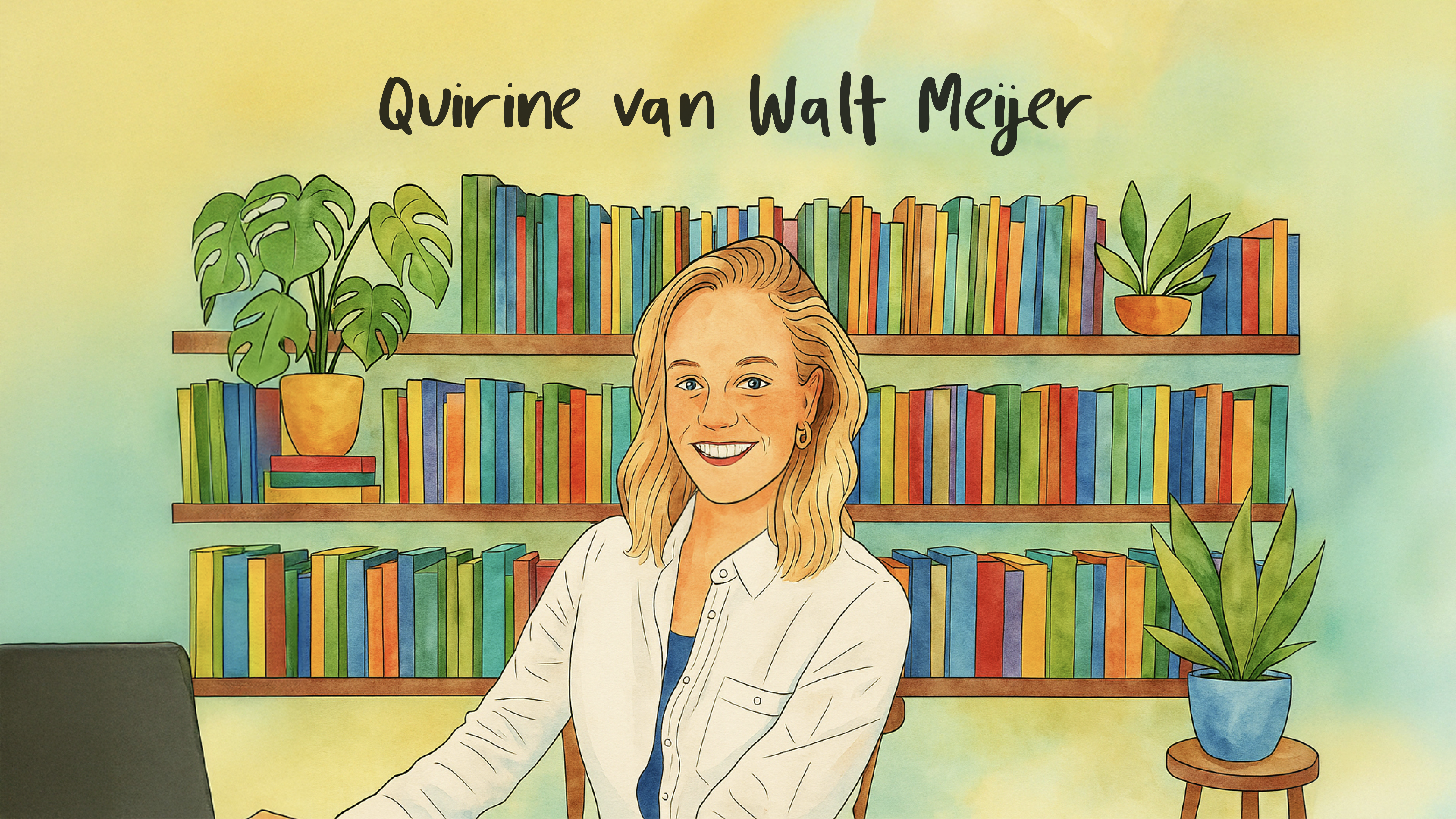
Vibe coding makes prototyping close to code, closer to users
Meet Quirine, a computational design manager exploring how AI reshapes the way her team builds and test ideas
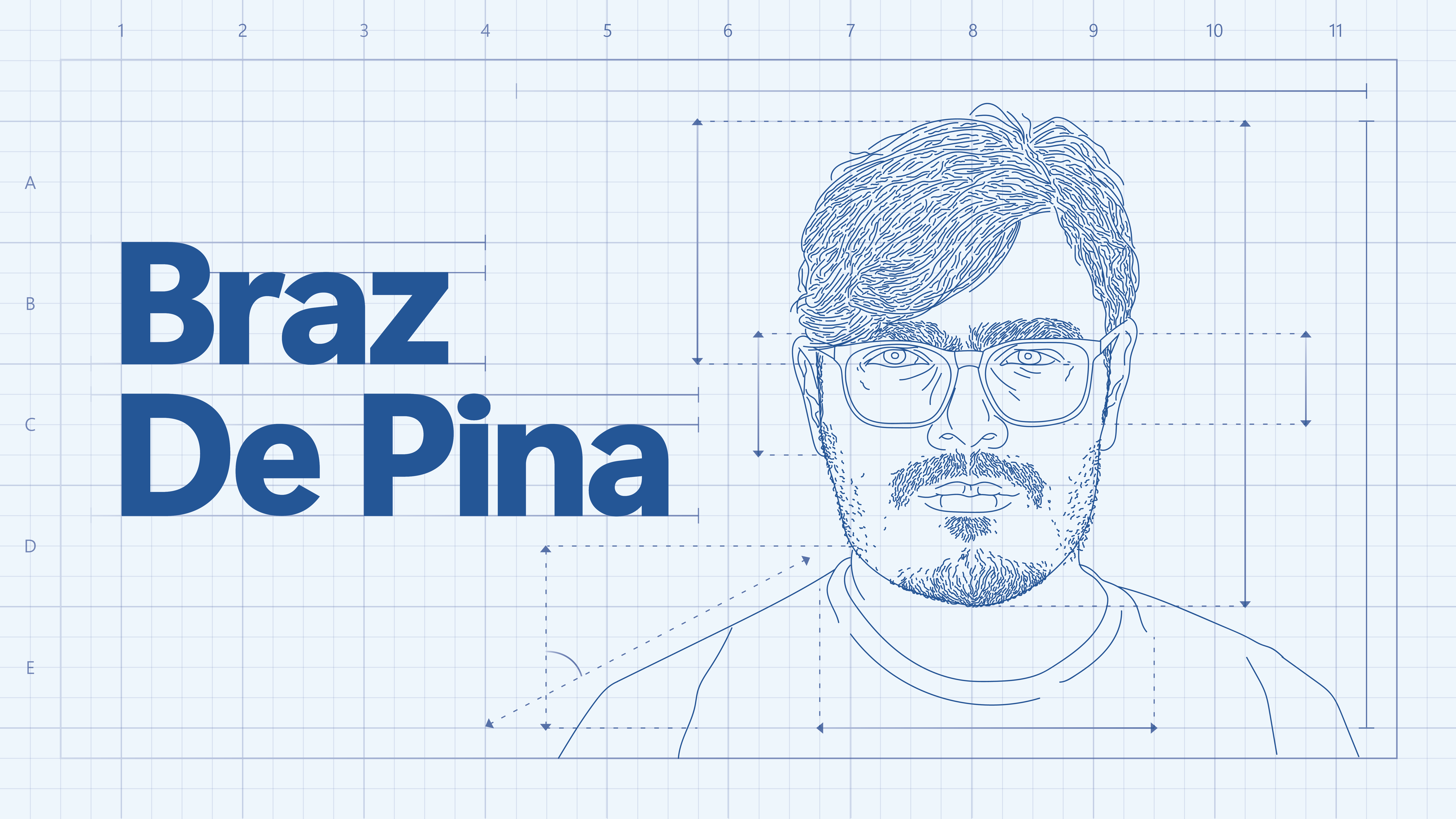
Breaking the mold: Braz de Pina on the evolution of creativity and design in this AI era
Meet Braz De Pina, a Principal Product Designer for Microsoft’s Experience Collective Horizontal Design Studio
